What drives chefs and restaurateurs to source locally? In a province with so much to offer, you’d think more restaurants would be taking advantage of the food growing in their own backyard.
The good news is that, increasingly, consumers are demanding it. A Zagat survey completed on Toronto diners in 2012 reported that 71% of Toronto diners consider local, organic and/or sustainable food to be important factors when choosing a dining establishment [1]. Perhaps more encouraging, 56% of those respondents indicated they would pay more for these quality ingredients.

A study done by Ryerson University�s Ted Rogers School of Hospitality and Tourism Management identified the key motivating factors that influence restaurants to purchase locally sourced ingredients/foods [2]. Their findings are based on interviews conducted with nearly 50 restaurants in the city of Toronto � including several of our Feast ON friends. The restaurants were selected for their commitment to local sourcing, as evidenced through their own promotion, their appearance on ?Best Of? lists and through online searches and personal recommendations. Individual quotes from the respondents are highlighted in red below.
And now, the envelope please. Here are the survey results:
The most prominent motivation for local sourcing? Superior food quality and freshness at a whopping 85%.
?We don�t buy local food because it is trendy, we buy local food because it is better food.?
Other high-ranking responses were guest interest and appreciation (78%). Trailing close behind was the restaurateurs and chefs� desires to help the local economy (76%):
“The benefits in the peak season include� a large abundance of [food products] and you don’t need to travel far to get them. This also builds our whole community…its nice to support the local community because these people are making money and then they are going out and spending that money in your business. There are byproducts of using local food. “

The suppliers of these products varied, with respondents listing farms, distribution companies, local butchers using Ontario meat and farmers� markets. For many restaurants, sourcing locally involves working with a mix of different suppliers and creating personal relationships with farmers that provide transparency and authentic, superior products:
?Local is a relationship � its not about 100 mile, or any distance� Local is going to a farm, seeing how they do what they do, how they pay the workers, and treat the animals, the soil. Seeing if they do that with quality, integrity and honour�you end up with a really good product.?
The Challenges
When asked about the challenges of sourcing local food, respondents named seasonality (74%), financial cost (67%), and lack of availability/supply (39%) as their main difficulties. Seasonality posed the largest issue, particularly for restaurant owners and chefs with more set menus and ones that are updated less frequently. Several respondents acknowledged that this challenge can also present an opportunity � to get creative and highlight ingredients at the height of their flavour and abundance.

Two-thirds of respondents stated using locally sourced food increased their overall food costs (when compared with using mass distributors). However, many were quick to qualify the financial challenges, saying the investment in the local economy and the sustainability of farming outweighed these increases:
?It is sometimes more expensive to buy local, yes. But would that change what we are doing? Not at all.?
Supporting these farmers is essential to sustain the surrounding communities � 89% of respondents agreed with this statement and shared concerns of the high dependency on more commercial suppliers.
A fraction of the respondents (7%) also hinted at a double standard in the marketplace � in theory, consumers want local ingredients on their plates but often reject the higher prices (i.e. the ?true cost?) that come along with supporting local food. Another challenge is meeting the demands of consumers who want products that aren�t grown or available in the province.

That being said, consumers, producers, distributors AND restaurants are becoming more savvy and engaged in the fight for good food � they�re demanding local food, joining local food movements, establishing relationships with each other and sharing the vital importance of doing so:
?If you want that same carrot every single time, its not going to happen � nature doesn�t work that way. And I think that every restaurant and every person as a cook, chef or person dining out needs to understand that the beautiful things are not always the same.?
Our thanks to the Ted Rogers School of Hospitality and Tourism Management, Associate Professor Rachel Dodds and students: Rebecca Kang; Jessica Krecisz; Katarina Pranjic; Nimra Rashad & Hannah Taylor.
[1] Zagat survey shows Toronto restaurant industry trending upwards. (2012). Food and Beverage Close � Up.
[2] Kang, R.; Krecisz, J.; Pranjic, K.; Rashad, N.; & Taylor, H. (2014) Toronto Based Restaurants� Motivation for Using Locally Sourced Food. Toronto, Ryerson University.




